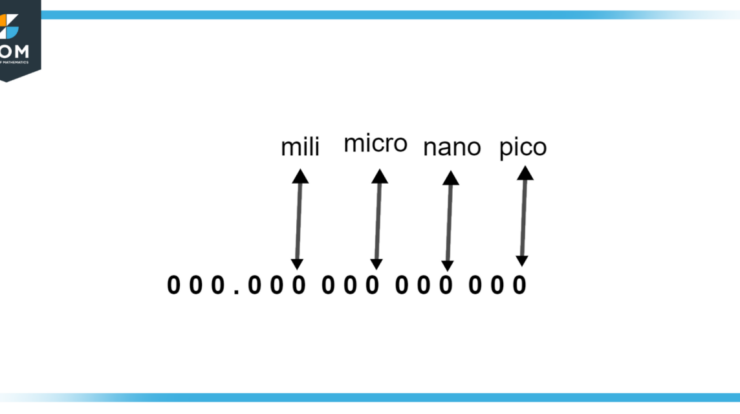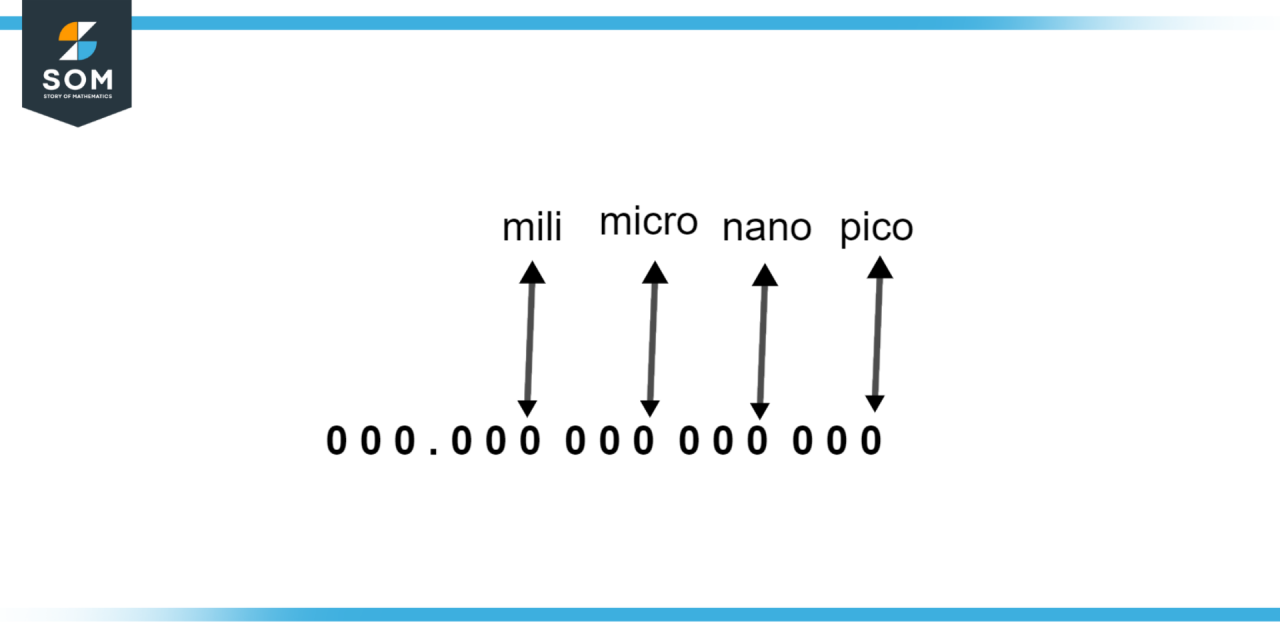
Micro definitions are concise, clear, and to-the-point explanations of complex terms or concepts. They play a vital role in enhancing communication and understanding, especially in technical or specialized fields.
Micro definitions consist of essential components such as the term being defined, its definition, and often examples or illustrations. They are commonly used in glossaries, dictionaries, and technical documentation.
1. Overview of Micro Definition
Micro definitions are concise, precise statements that define a term or concept in a limited context. They are used to establish a common understanding among individuals or groups, particularly when dealing with complex or technical information.
The purpose of using micro definitions is to reduce ambiguity, promote clarity, and ensure that all parties involved are working with the same set of definitions. This can significantly enhance communication and collaboration, especially in fields where precise terminology is crucial.
2. Components of a Micro Definition
Effective micro definitions typically consist of three essential components:
- Term:The word or phrase being defined.
- Definition:A concise statement that explains the meaning of the term in the specific context.
- Context:A brief indication of the specific context or domain in which the definition applies.
For example, the term “micro definition” could be defined as “a concise, precise statement that defines a term or concept in a limited context” (term: micro definition; definition: concise, precise statement; context: defining a term or concept in a limited context).
3. Techniques for Creating Effective Micro Definitions
Creating clear and concise micro definitions requires careful attention to several best practices:
- Use clear and concise language:Avoid jargon or technical terms that may not be familiar to all readers.
- Be specific and precise:Provide a definition that accurately and uniquely identifies the term being defined.
- Limit the context:Specify the specific context or domain in which the definition applies to avoid confusion.
- Avoid circular definitions:Do not use the term being defined within its own definition.
- Consider the audience:Tailor the definition to the level of understanding and knowledge of the intended audience.
Common pitfalls to avoid when writing micro definitions include using ambiguous or vague language, providing overly broad or narrow definitions, and failing to specify the context.
4. Applications of Micro Definitions
Micro definitions find applications in various contexts, including:
- Technical documentation:To define technical terms and concepts clearly for users.
- Software development:To establish a common understanding of terms and concepts within a development team.
- Legal documents:To provide precise definitions of legal terms and phrases.
- Education:To introduce and define new concepts to students.
- Knowledge management:To create a shared repository of definitions for use across an organization.
By enhancing communication and understanding, micro definitions contribute to improved decision-making, reduced errors, and increased efficiency in these and many other fields.
5. Tools and Resources for Micro Definitions
Several tools and resources can aid in the creation and management of micro definitions:
- Microdefinition.io:An online platform for creating and sharing micro definitions.
- TermWiki:A collaborative online glossary for creating and managing micro definitions.
- WordNet:A lexical database that provides definitions, synonyms, and other linguistic information for words.
- Glossary of Terms:A collection of micro definitions organized by specific domains or fields.
- Definition Databases:Online databases that provide access to a wide range of micro definitions.
These tools and resources can facilitate the development, storage, and retrieval of micro definitions, making them readily available for use in various applications.
Conclusive Thoughts: Micro Definition

In conclusion, micro definitions are powerful tools for effective communication. By providing clear and concise explanations, they help bridge the gap between complex concepts and clear understanding.
FAQ Summary
What are the benefits of using micro definitions?
Micro definitions improve communication, enhance understanding, and reduce ambiguity by providing clear and concise explanations of complex terms.
How can I create effective micro definitions?
To create effective micro definitions, focus on clarity, conciseness, accuracy, and relevance. Avoid jargon and technical terms that may not be familiar to your audience.





